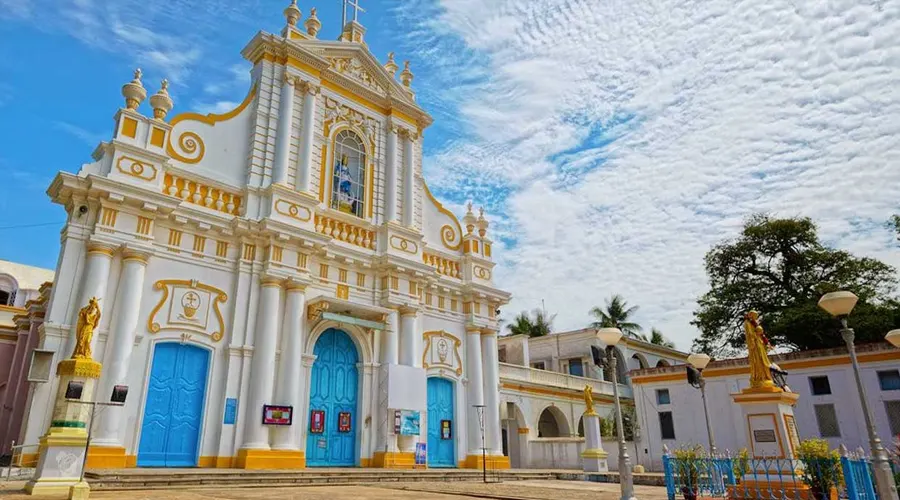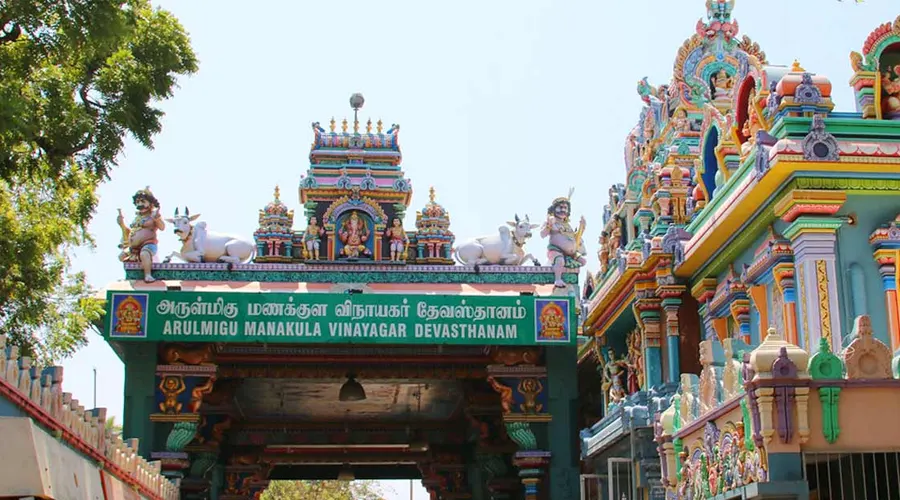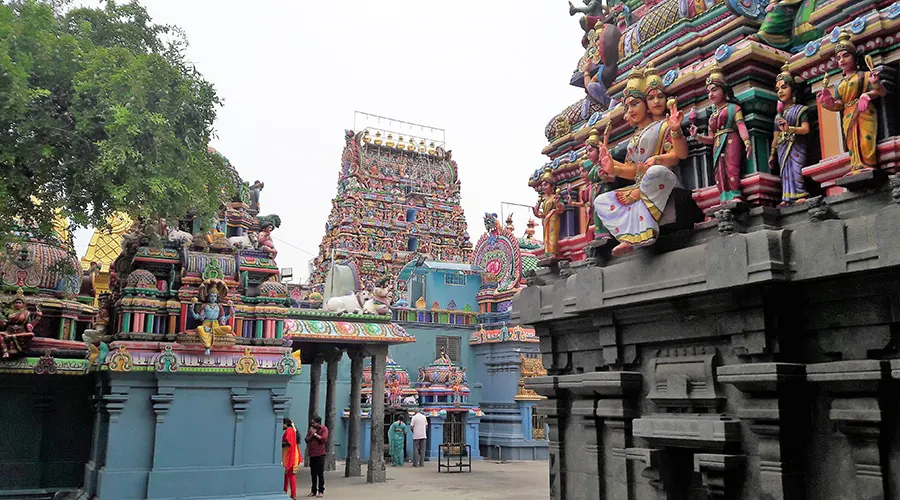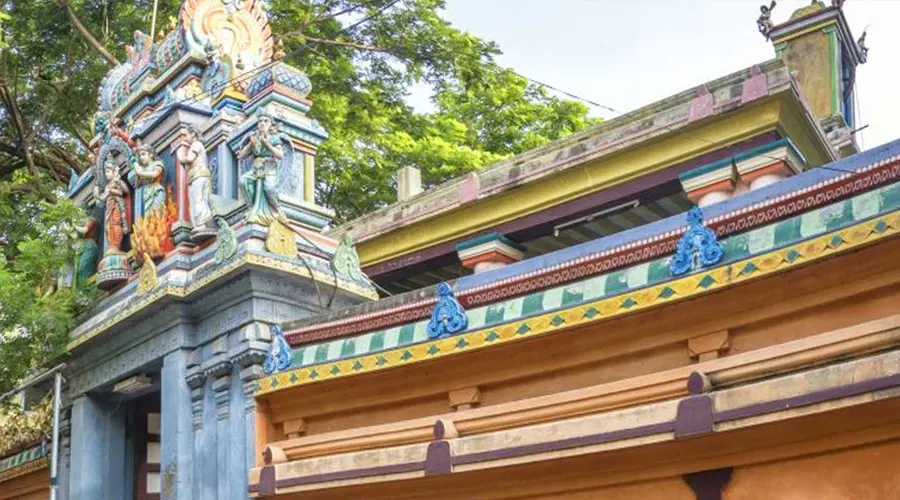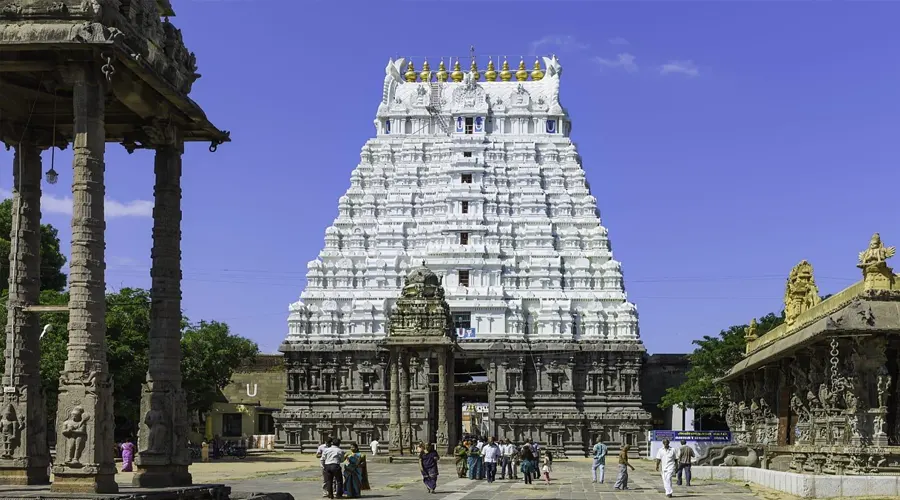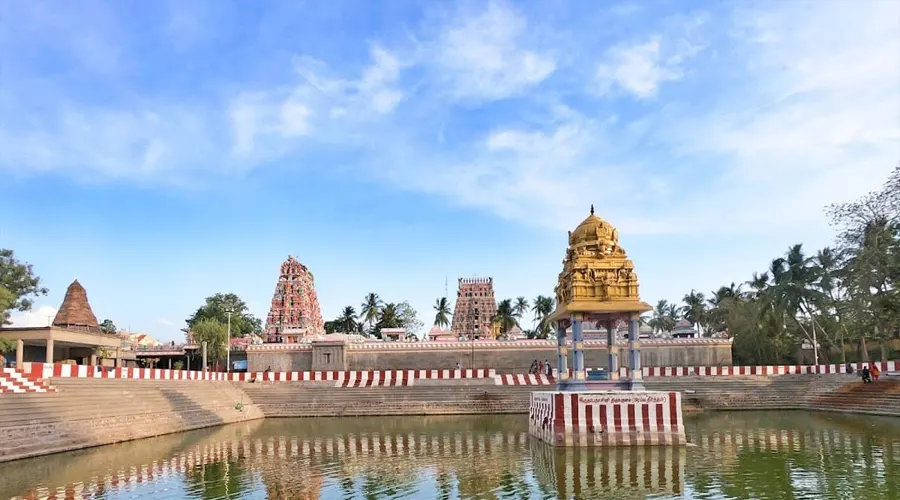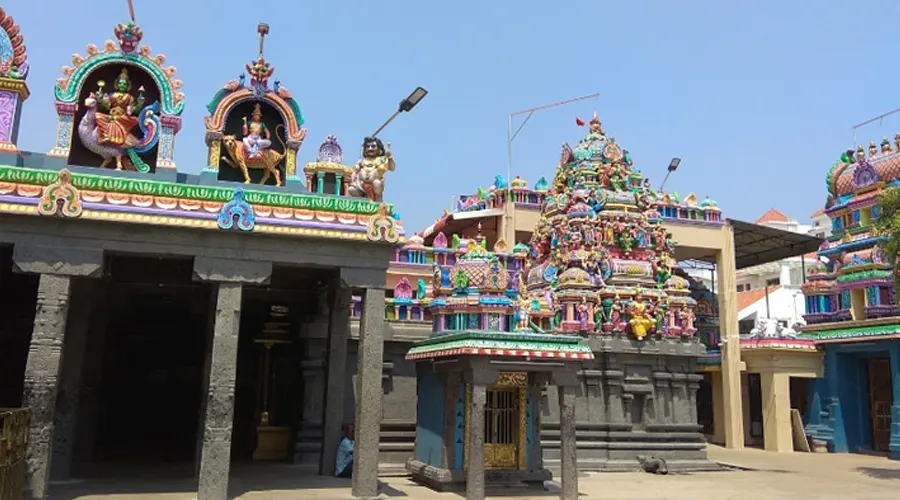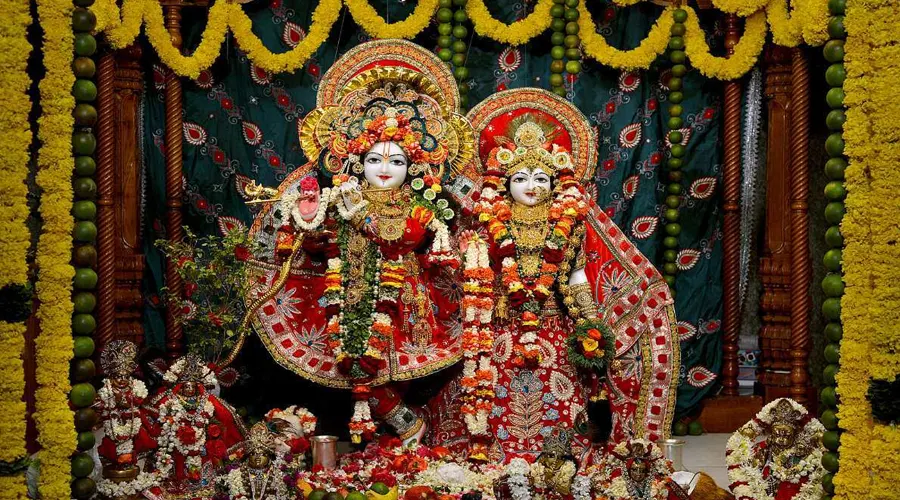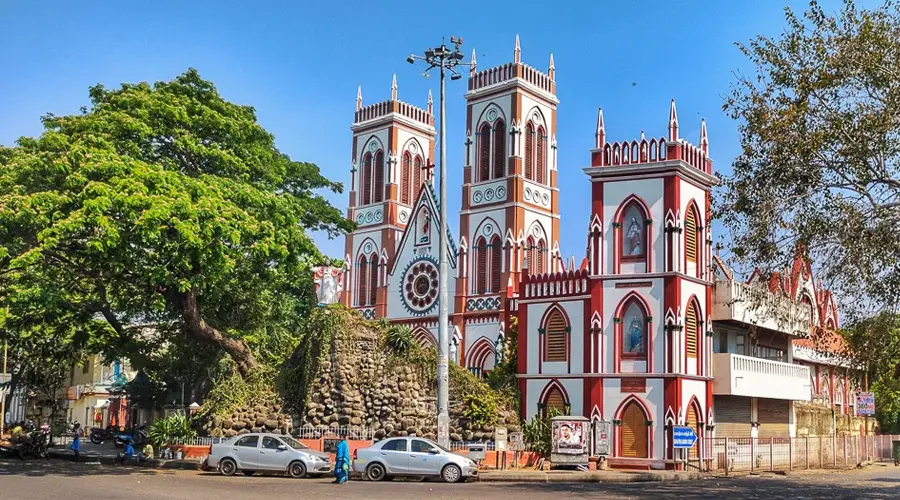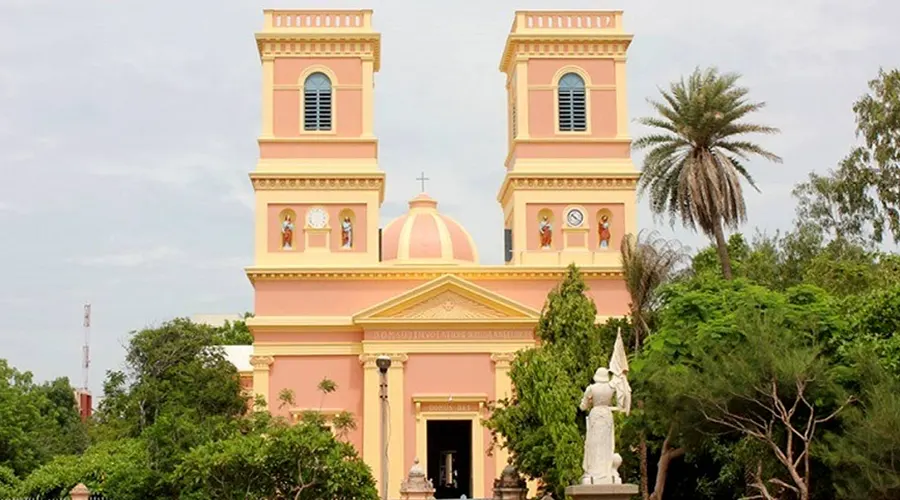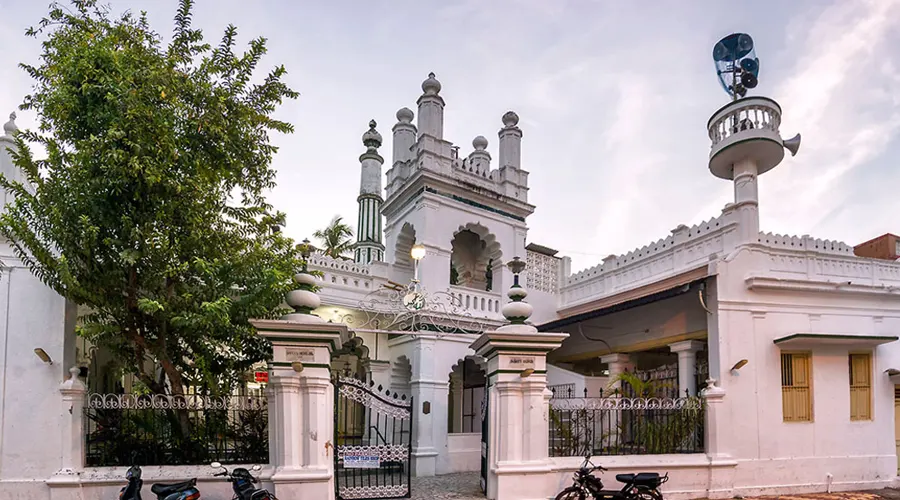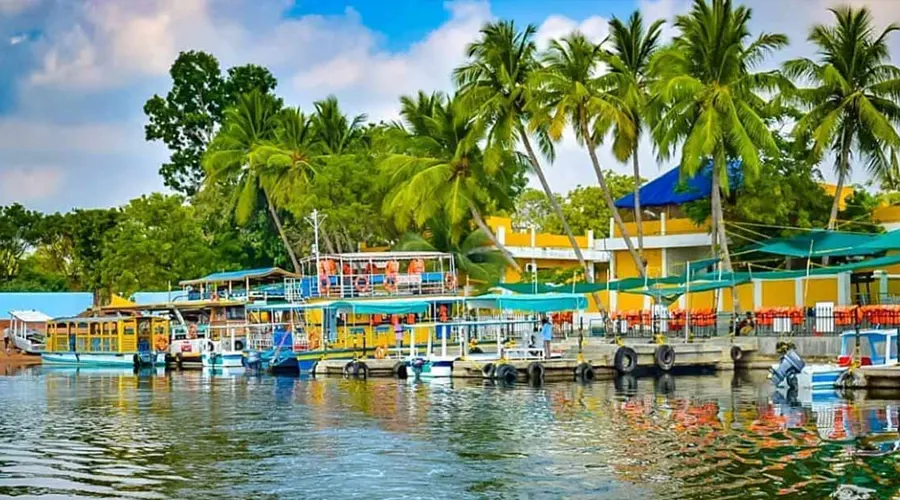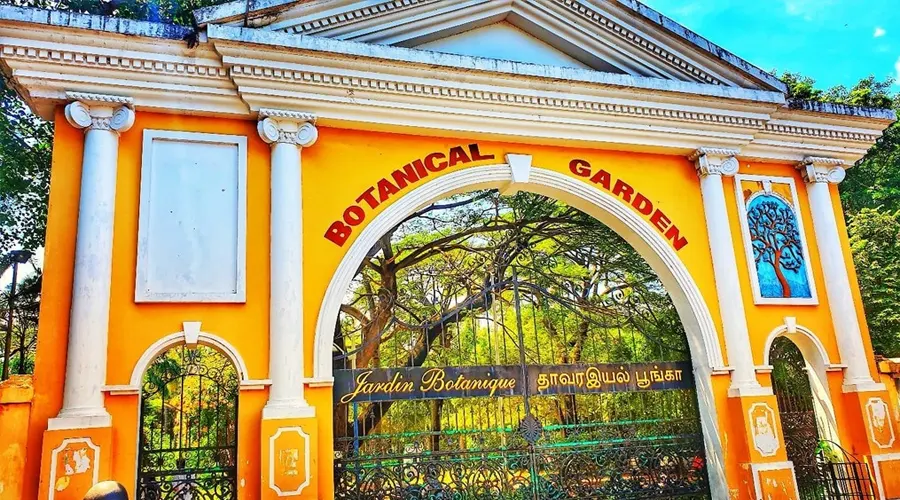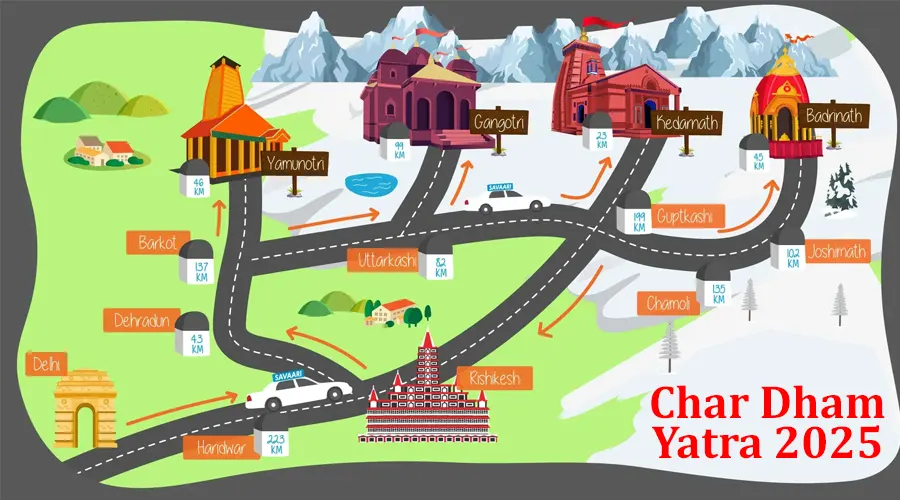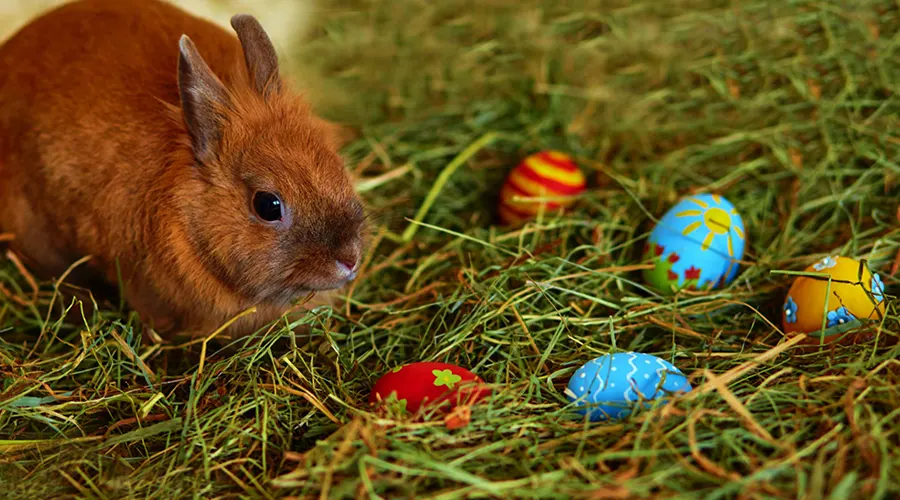Immaculate Conception Cathedral
Immaculate Conception Cathedral is the cathedral's mother church for the Roman Catholic Archdiocese of Pondicherry and Cuddalore. It is also known as "Samba Kovil", which is a phonetic corruption of "Saint Paul's Kovil" where "Kovil" means church.
Located on Mission Street, this cathedral, which bears a strong resemblance to a church in France, was built in 1791 on the ruins of the older church. The imposing facade presents paired Doric columns below and ionic above. In front of the church is a statue of Our Lady with the infant Jesus in her arms.
The interior design consists of eight barrel vaults and a central dome pierced with eight circular openings.
History of Immaculate Conception Cathedral
The Construction of the Church has a story to tell. The Jesuit Fathers visited the Union Territory in the year 1689 as missionaries. After they came they purchased a sprawling garden campus because they wanted to build a church for their religion. With the help of funds injection from Louis XIV, king of France, a church was made.
But the next year, the same church was destroyed by the Dutch paving the way for yet another church. But sadly, the second church also could not stand for long before it got destroyed again. The thought of building a third church on the same premise also became real but it was nearly destroyed immediately by the British.
The destruction of the Church did not deter the plans to build a better and grander church and the blueprints were getting ready. It was in June 1971 when a new church was consecrated by Bishop Champenois. It was much later that the loft for the choir and the bell tower were included as a part of the church.
Architecture of Immaculate Conception Cathedral
By the look of it, the Immaculate Conception Cathedral is evocative of Old Goa’s Portuguese-style churches with orange, blue, and white hues and sturdy columns on its façade. You will be swayed away by the appearance of the façade and cannot stop admiring the beautiful structure. This is a characteristic Jesuit structure taken from Robin's egg blue and cloud white-colored Portuguese style.
Upon going inside, the first thing that catches your eye is the Nave of the Church. It has a dome-shaped ceiling with a properly sectioned seating area with hanging paintings depicting the faith in pictures. The Chandeliers are grand and add a touch of Colonial Finesse. The prayer hall is large and spacious and can accommodate a great crowd.

